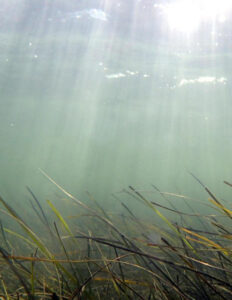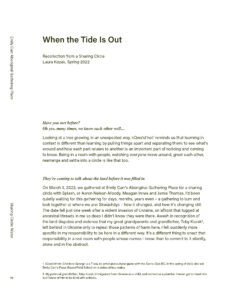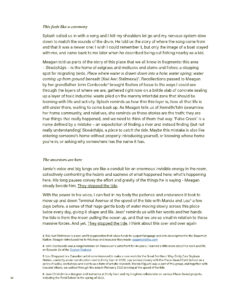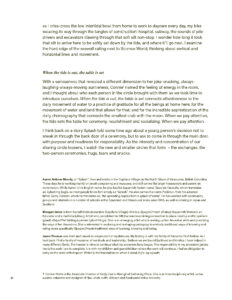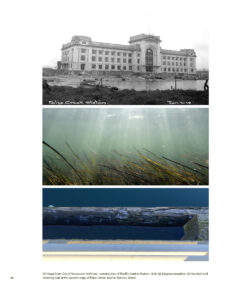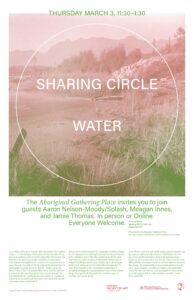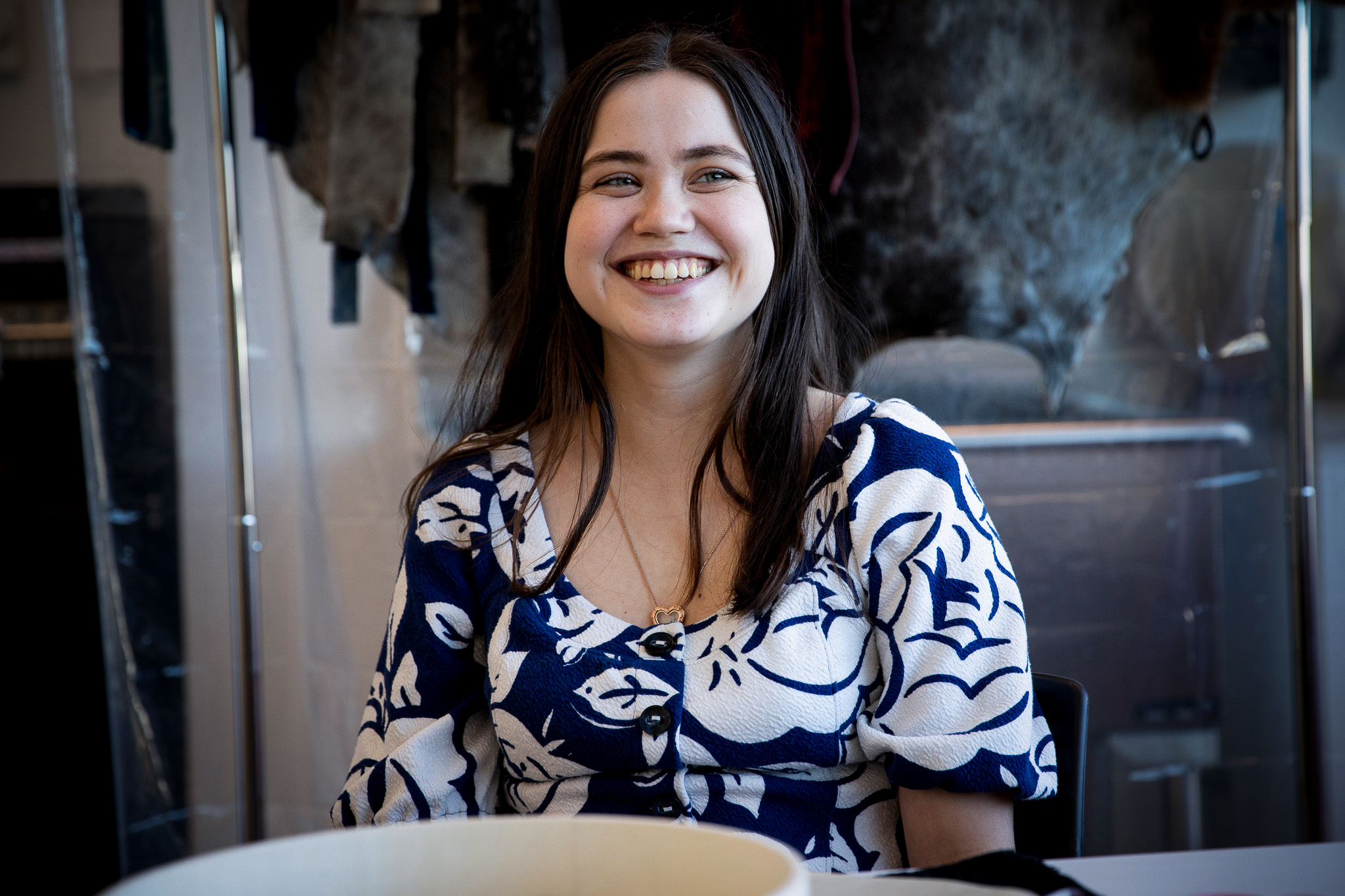
The artist, researcher and ECU faculty member is celebrated by colleagues, students and alumni for her dedication, integrity and compassion.
Artist and ECU faculty member Mimi Gellman is the recipient of a 2023 West Coast Teaching Excellence Award (WCTEA).
The prestigious award, which celebrates excellence in university teaching, was launched in 2021 by the BC Teaching and Learning Council with support from BCcampus.
“Mimi is an enormously giving and generous faculty member,” says Diyan Achjadi, Interim Vice-President Academic + Provost. “Her grace, her gentleness, her ability to bring Indigenous knowledge into the university in a way that’s generative and exploratory and supportive of community is amazing. She is there for students in every way, at all times. These qualities are endemic to how Mimi approaches the pedagogical process. She is a truly inspiring educator, and I could not be happier to see her recognized for her work.”
Mimi’s extraordinary impact on her students — and on pedagogy at Emily Carr more broadly — also points to the vital importance of a well-resourced Teaching and Learning Centre that is able to support faculty development and teaching, Diyan adds.
Each public post-secondary institution in BC and the Yukon can forward up to two nominees annually for consideration. Five awards are given each year. Mimi, an Ashkenazi-Anishinaabe Métis visual artist and educator, is an associate professor at ECU. She was selected by colleagues earlier this year alongside faculty member Jamie Hilder after an open call for nominations from the ECU community.
Read the full article on ECU News.


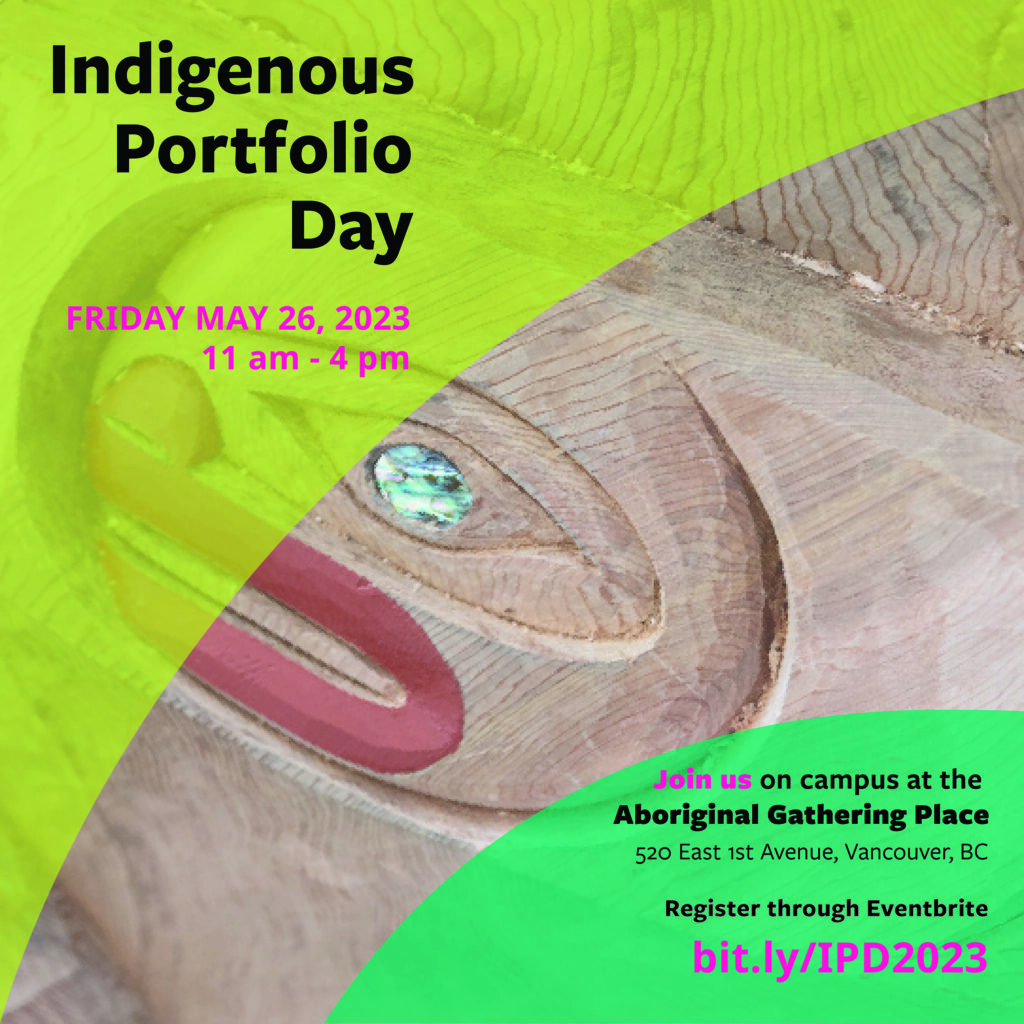
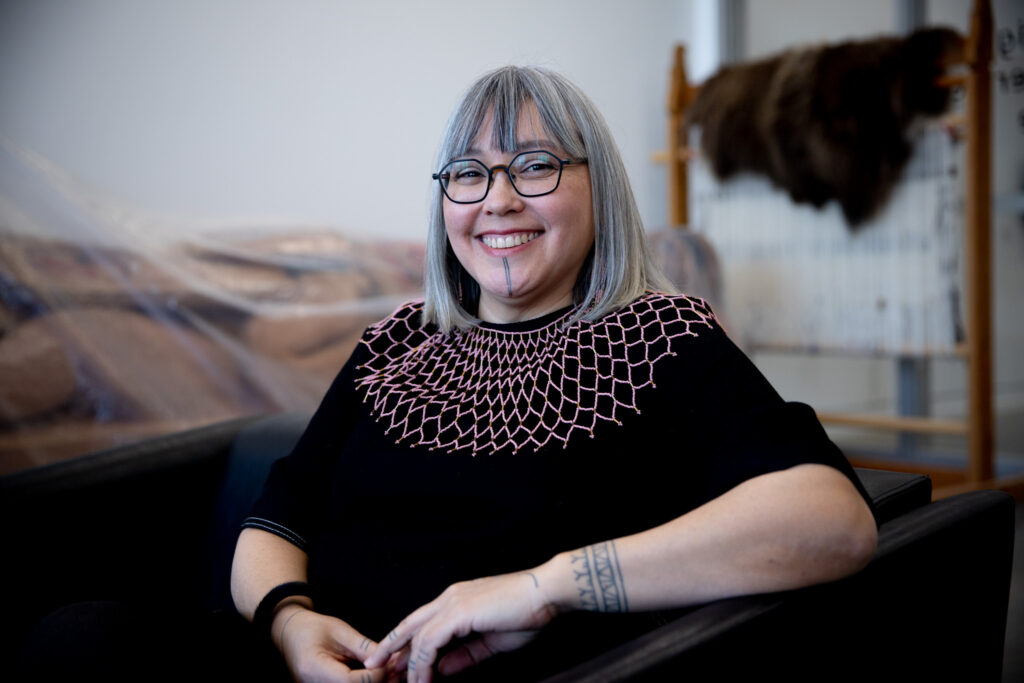


 [image courtesy of Frankie McDonald]
[image courtesy of Frankie McDonald]
